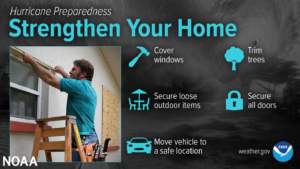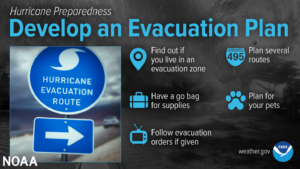Prepare for the Freeze
H2O Innovation staff will be mobilized and standing by to deal with water main breaks and water plant issues. If you experience a pipe freeze on your side of your water meter outside your home, H20 can only turn your water off at the meter. If you have a pipe broken inside your home, you can isolate your private cut off usually located on the side of your home below your water spigot. Or inside the garage. It’s a good idea to have the names of a couple of plumbers should you need them. As H2O does not repair homeowner private water lines.
Freeze Preparation Tips
- Wrap outdoor and garage pipes.
- Remove water hoses and wrap water spigot.
- Drain and turn off sprinklers system.
- Turn off water to your washer if in garage.
- If you leave your house before a freeze, turn off the water at your private cut off valve and leave your heat on.
Protect your pipes when it freezes!
- Open cabinets under sinks to let your house’s heat warm the pipes.
- If your pipes freeze, turn off the water at your private cut off valve. This prevents broken pipes from leaking into house after they thaw.
- Let faucets drip from the cold and hot taps or run water through your indoor faucets before you go to sleep.
***Check your Insurance coverage. Flood insurance does not pay for damaged caused by freeze.
H2O Innovation








